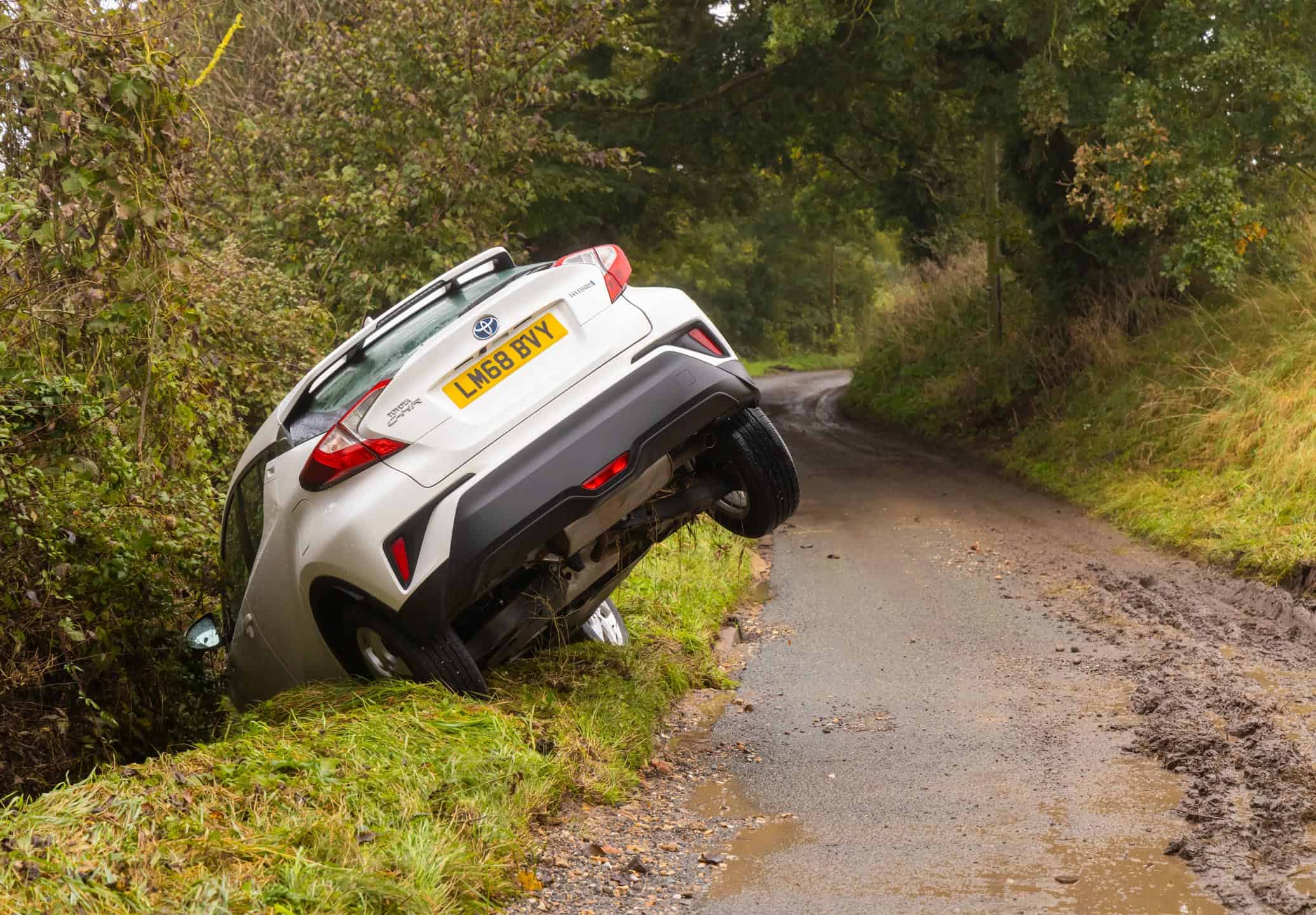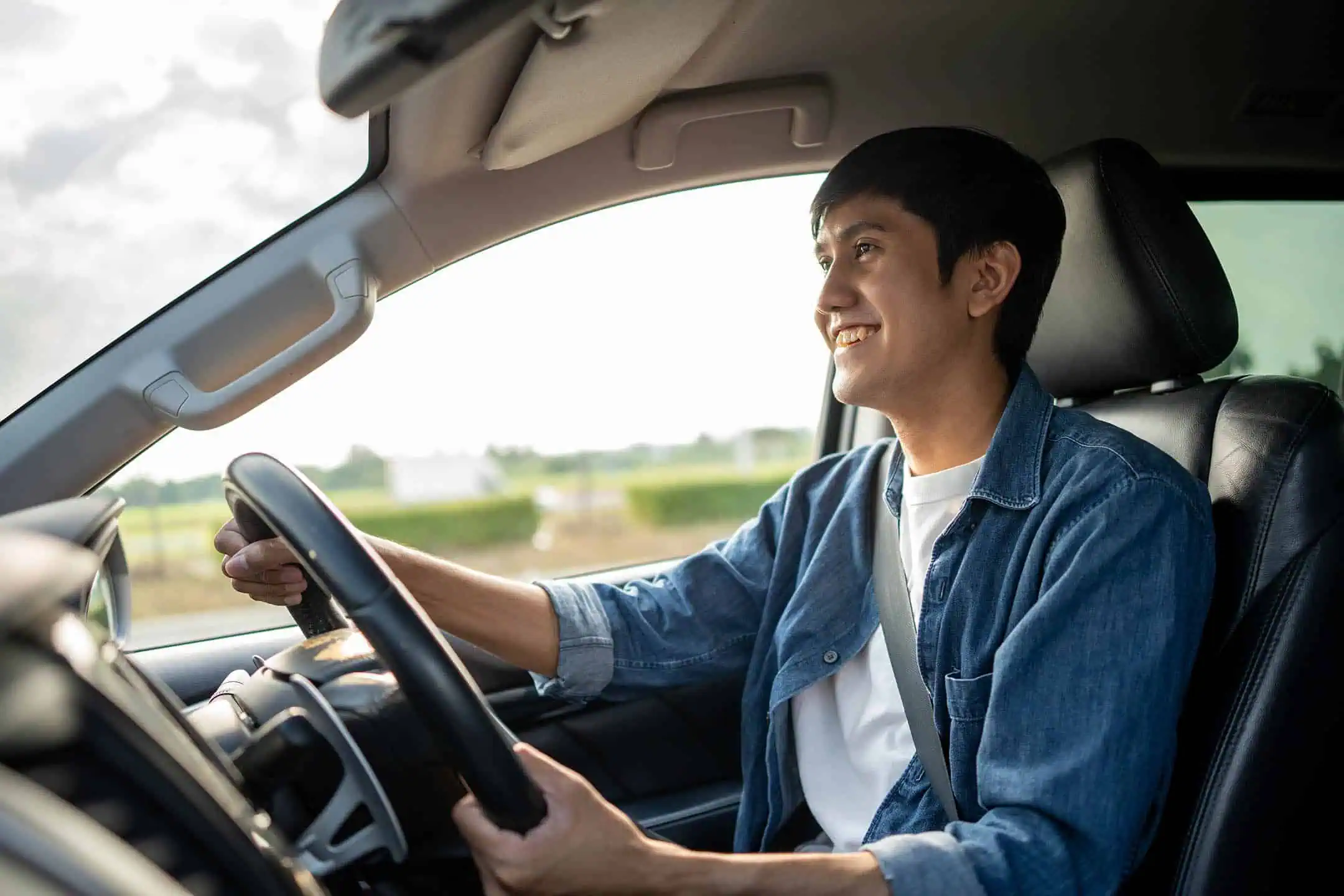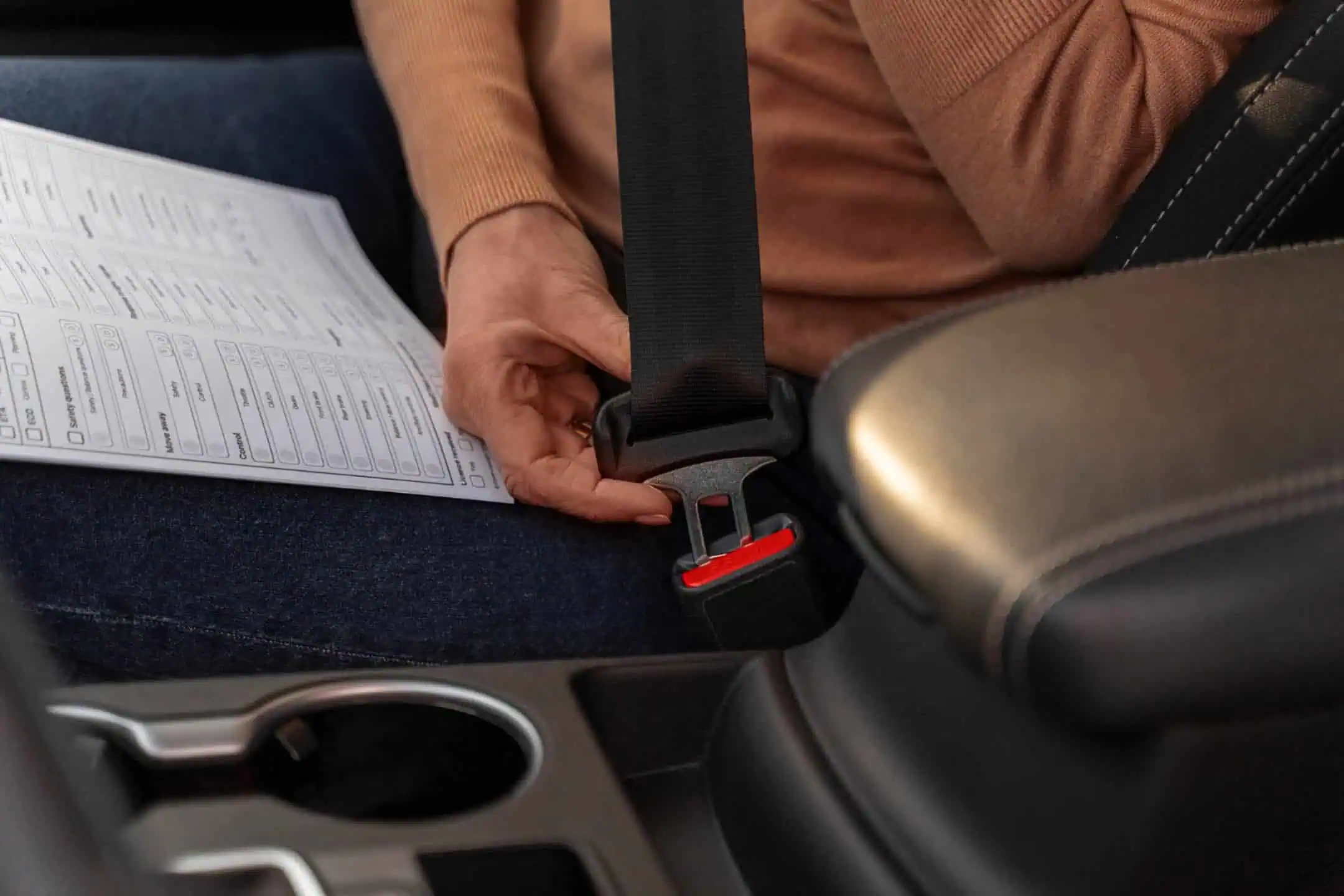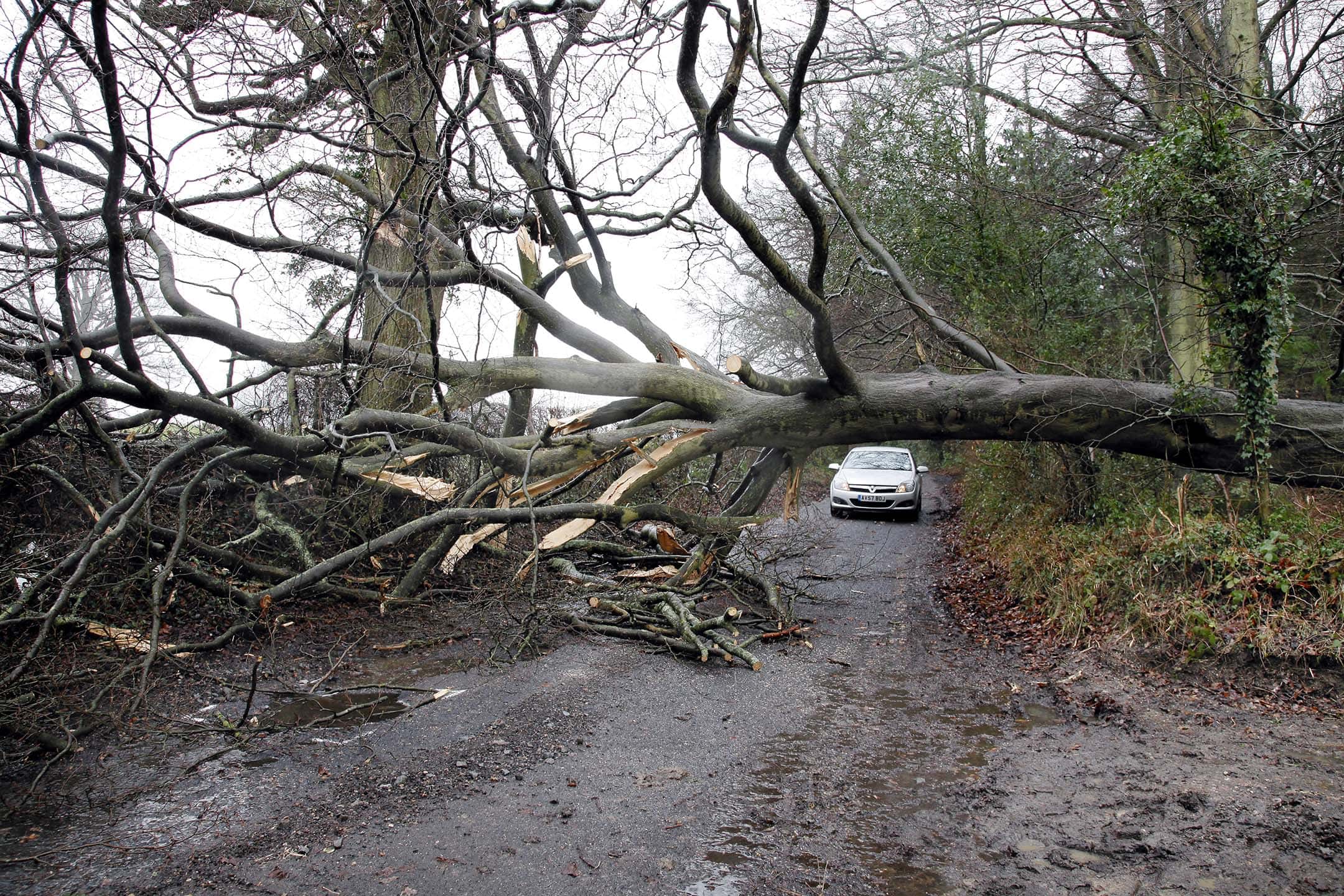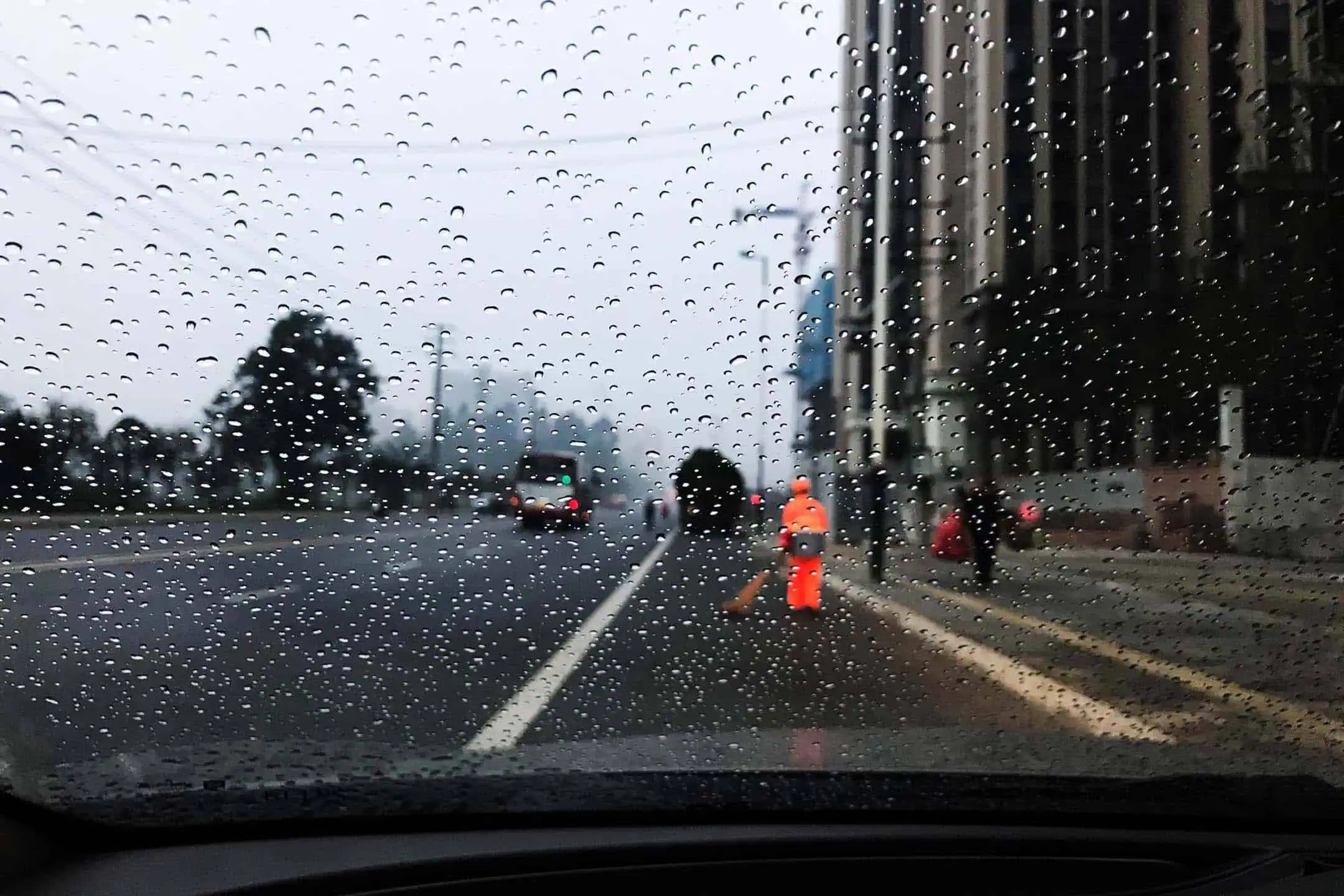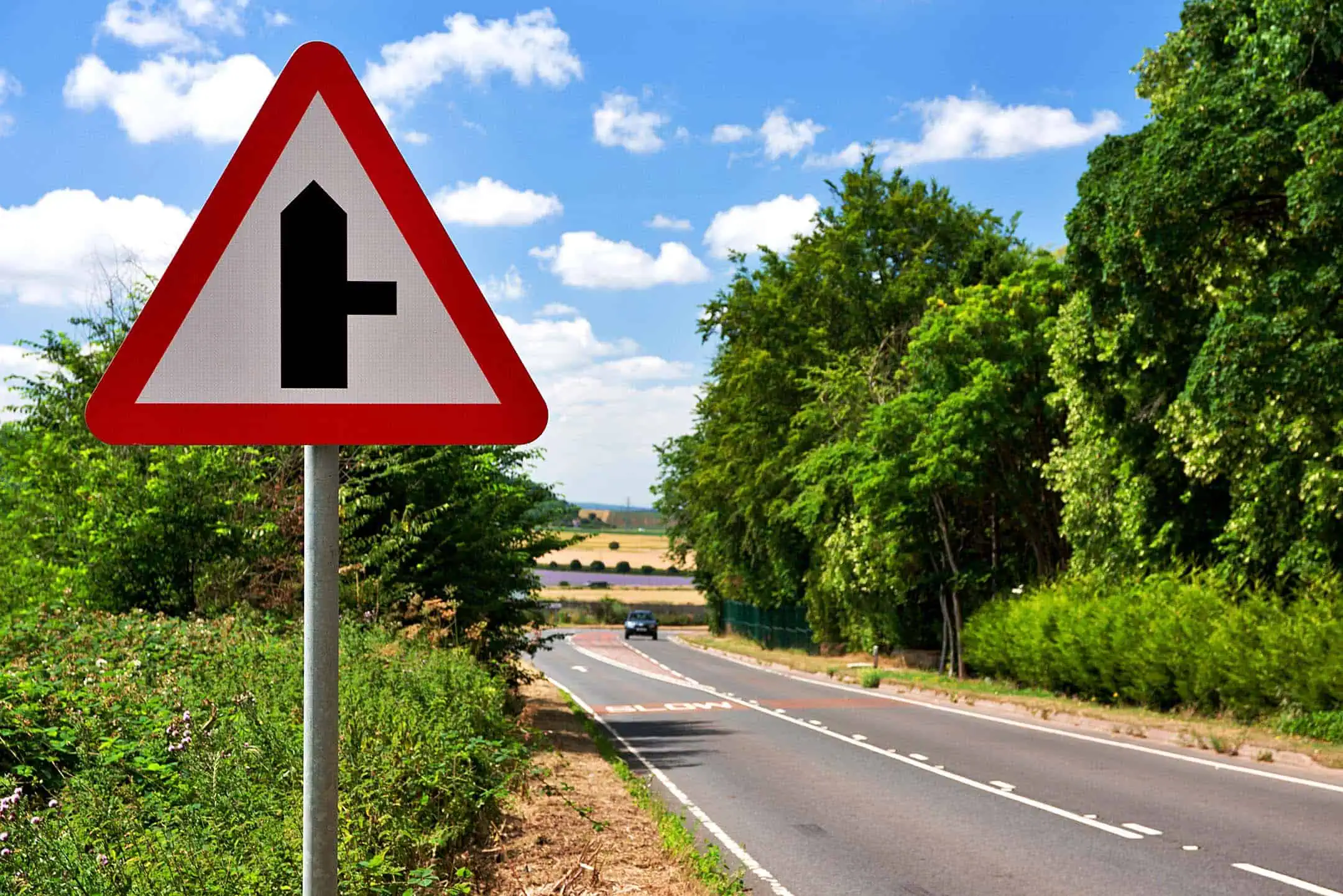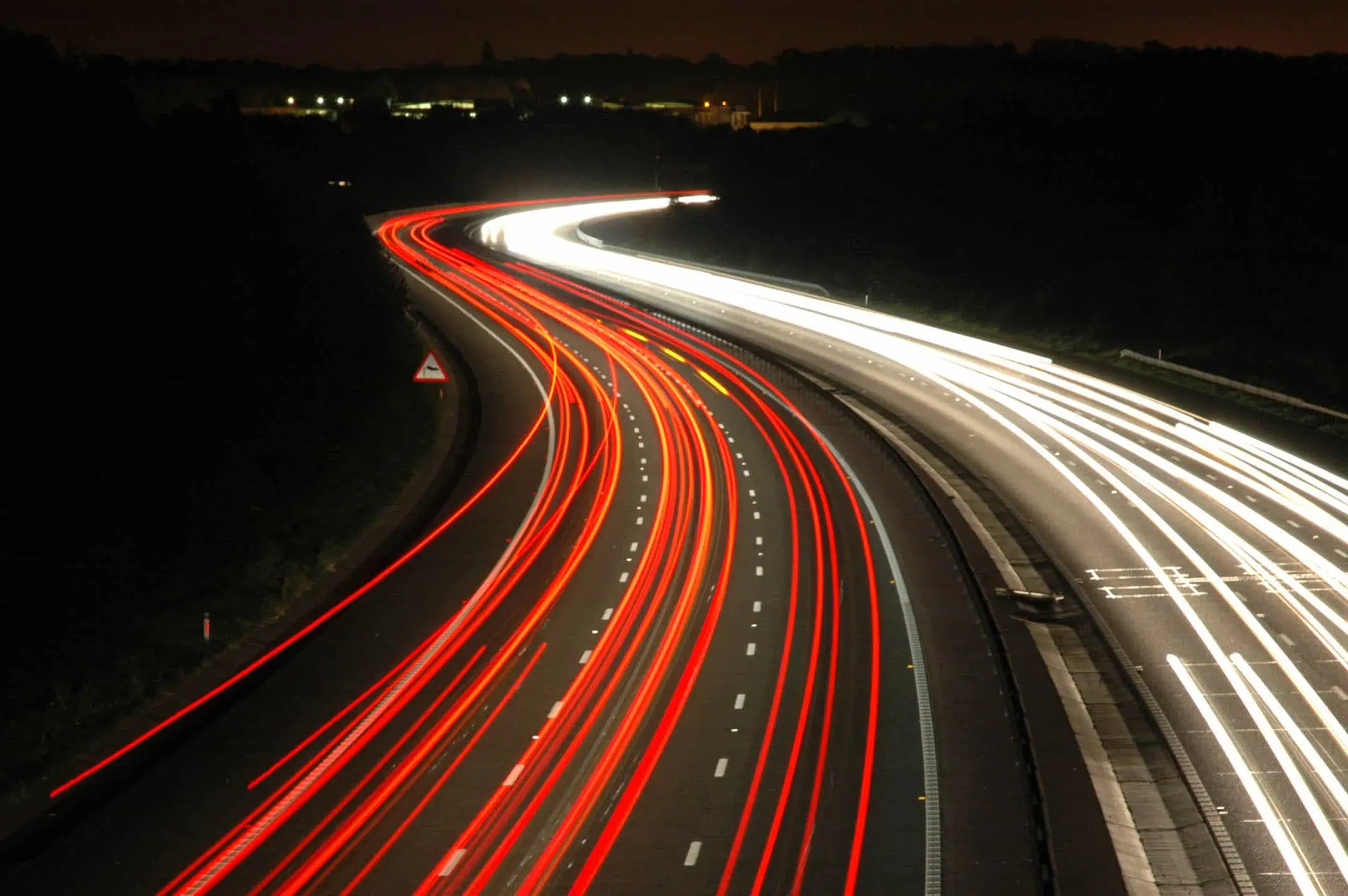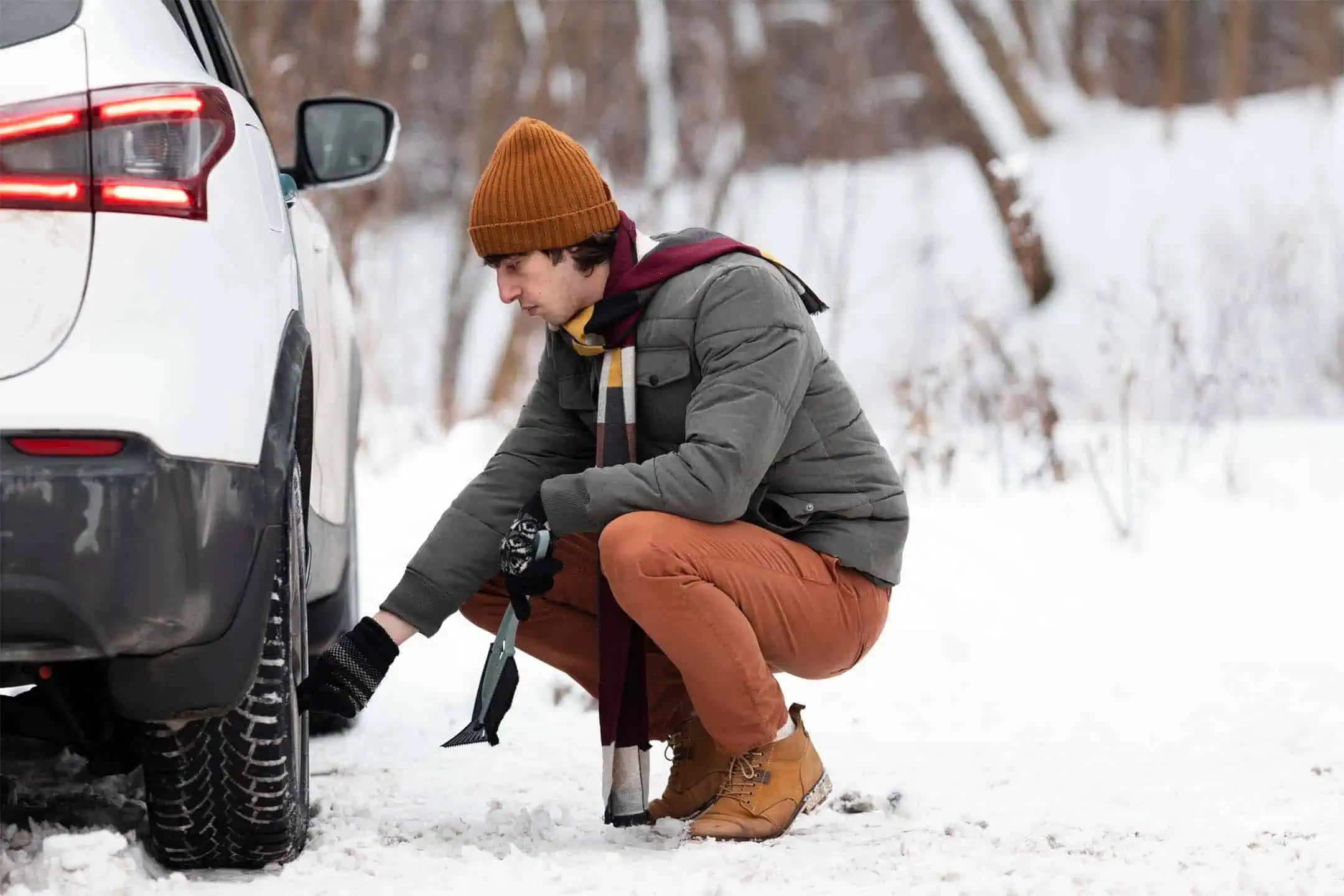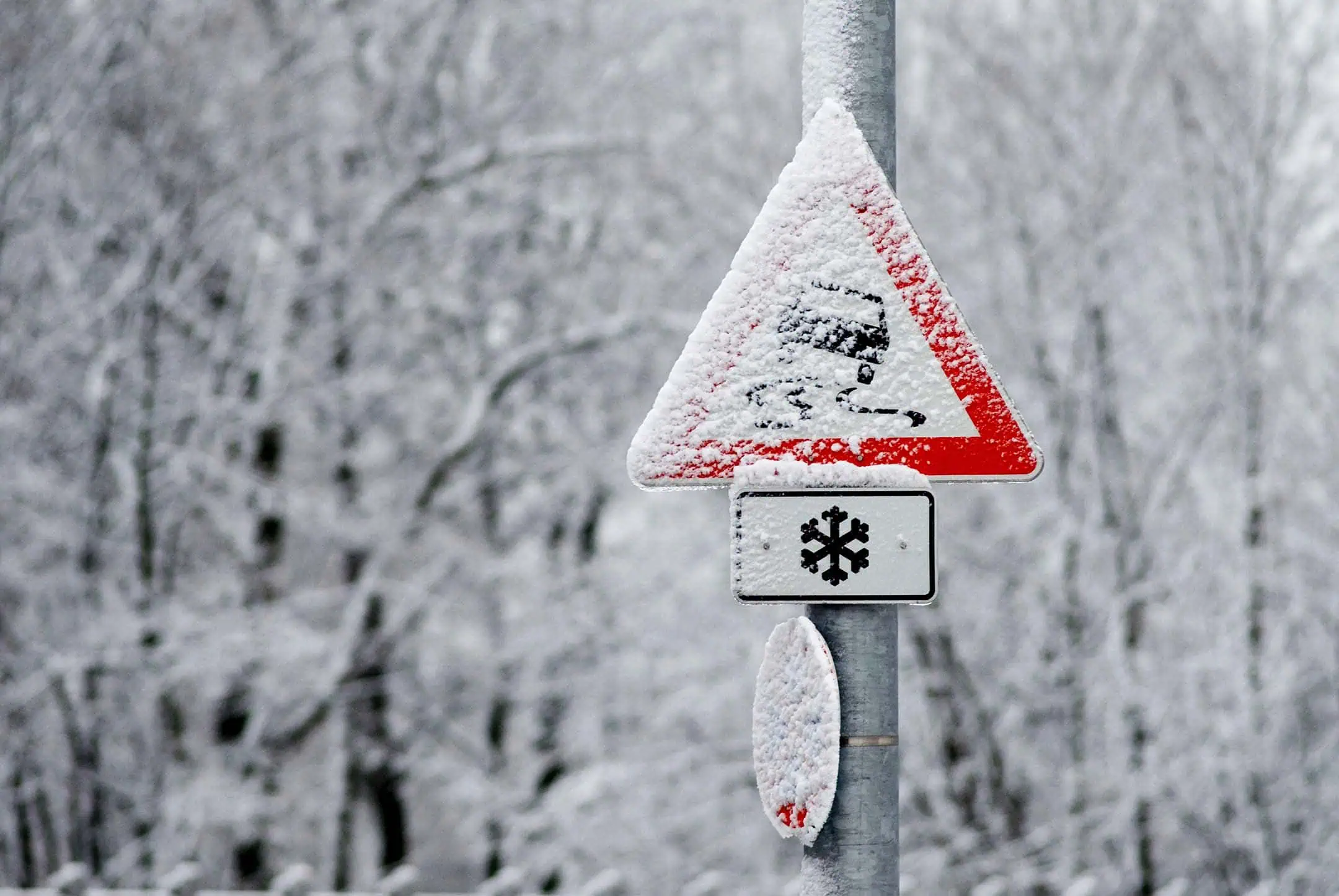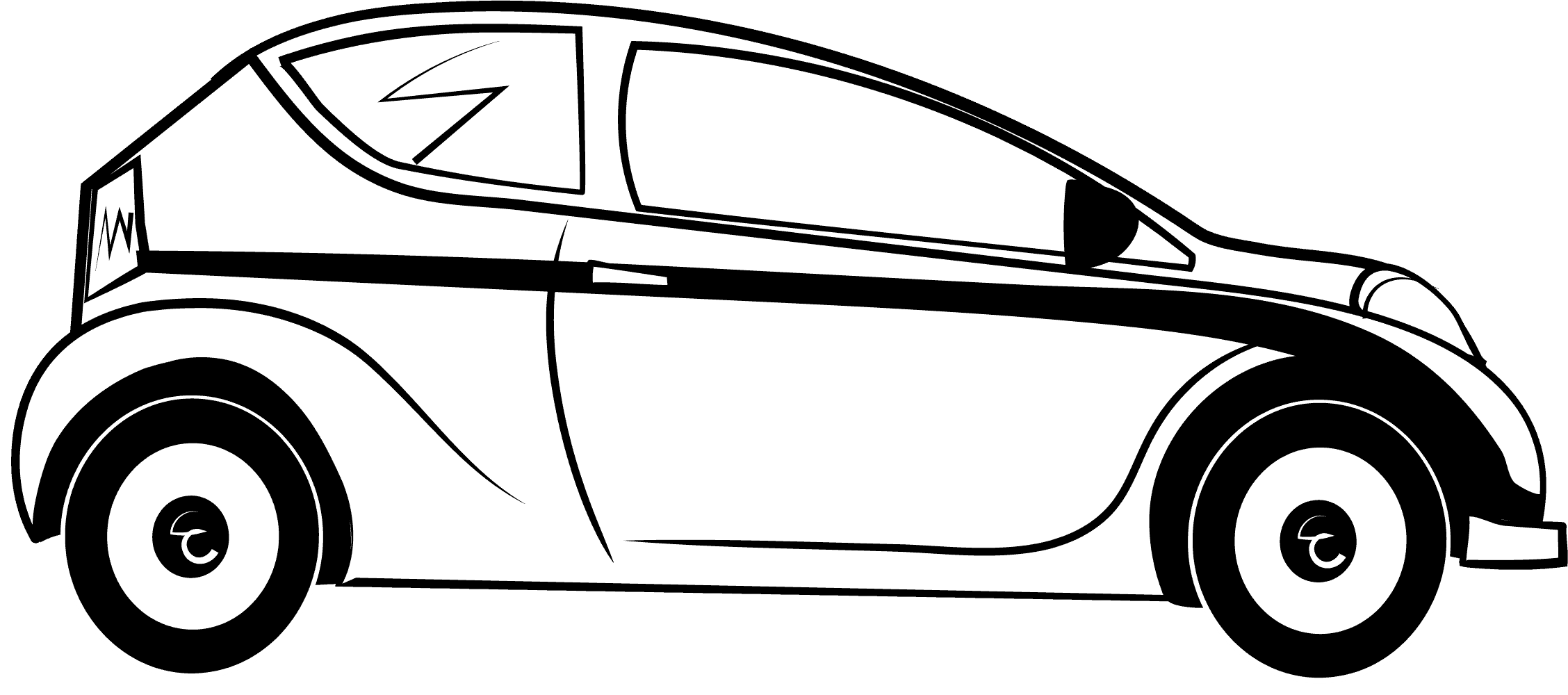Safe Driving Tips for young drivers
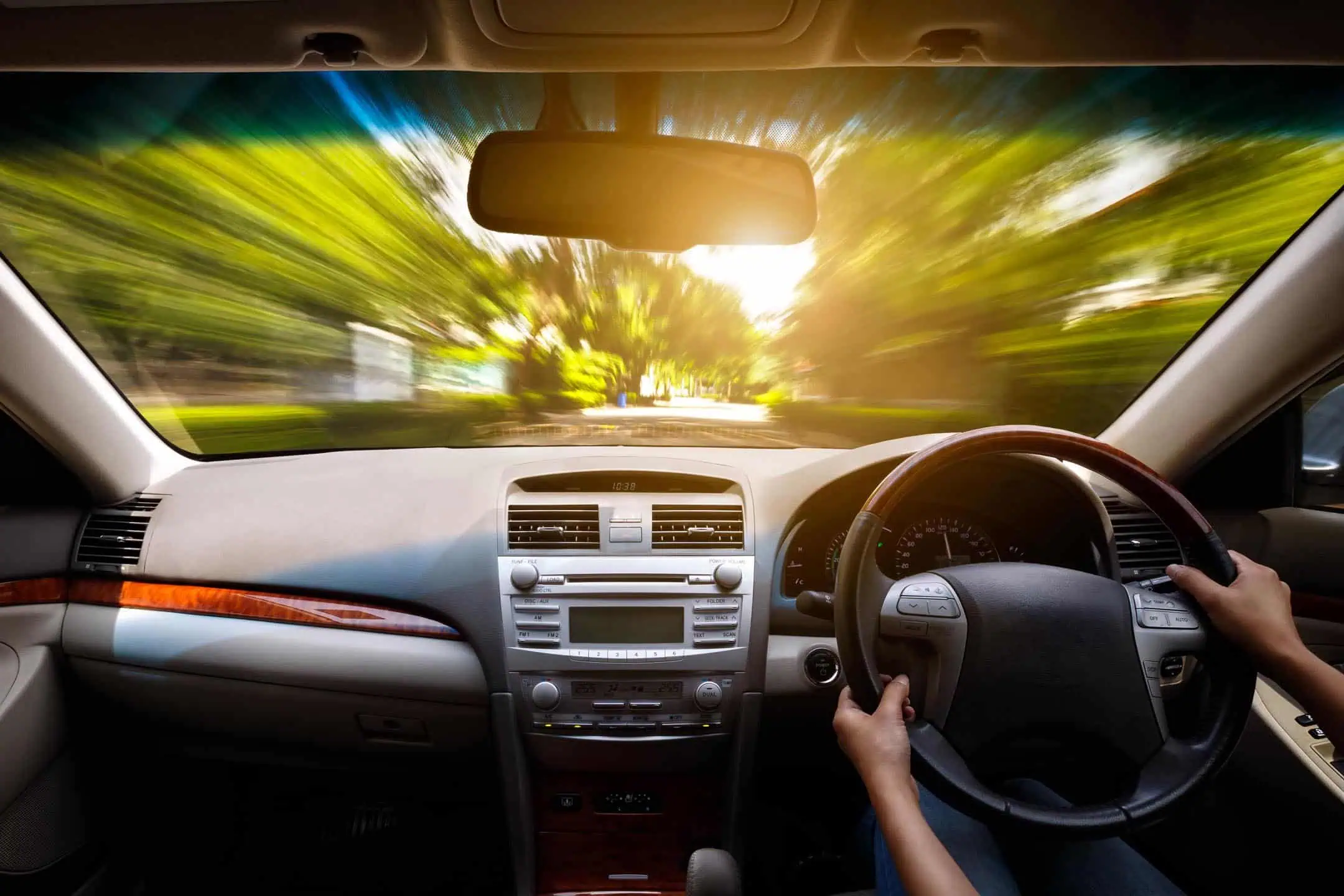
Roads
Vulnerable Users
Driving Law
Breakdowns
Driving Menu
Protect yourself and other road users with our complete guide to driving safely as a young or newly-qualified driver.
Speed and stopping distances
When it comes to speed, remember, it’s a limit, not a target.
Going too fast is one of the biggest causes of accidents for young drivers, not to mention it’s against the law to drive over the limit!
As a rule of thumb, always err on the side of caution especially if you’re on a stretch of road and you aren’t sure what the speed limit is.
You can even use your judgement and drop below the official limit in certain cases. It’s all about common sense; if you’re driving through a built-up area, school has just let out and there’s kids weaving in and out of parked cars, hitting the breaks and driving at 20mph could be a much more sensible move than sticking to the 30mph limit shown on the signs.
The same applies to rural roads. Those single track and narrow lanes often have a delimited 60mph limit, but that kind of speed might not be appropriate. With bends, dips, and hidden hazards (that tractor that came out of nowhere) to navigate, dropping your speed is all part of being a good driver.
Aim for a two second gap between you and the car in front – and up that to four seconds when it’s wet or visibility is reduced.
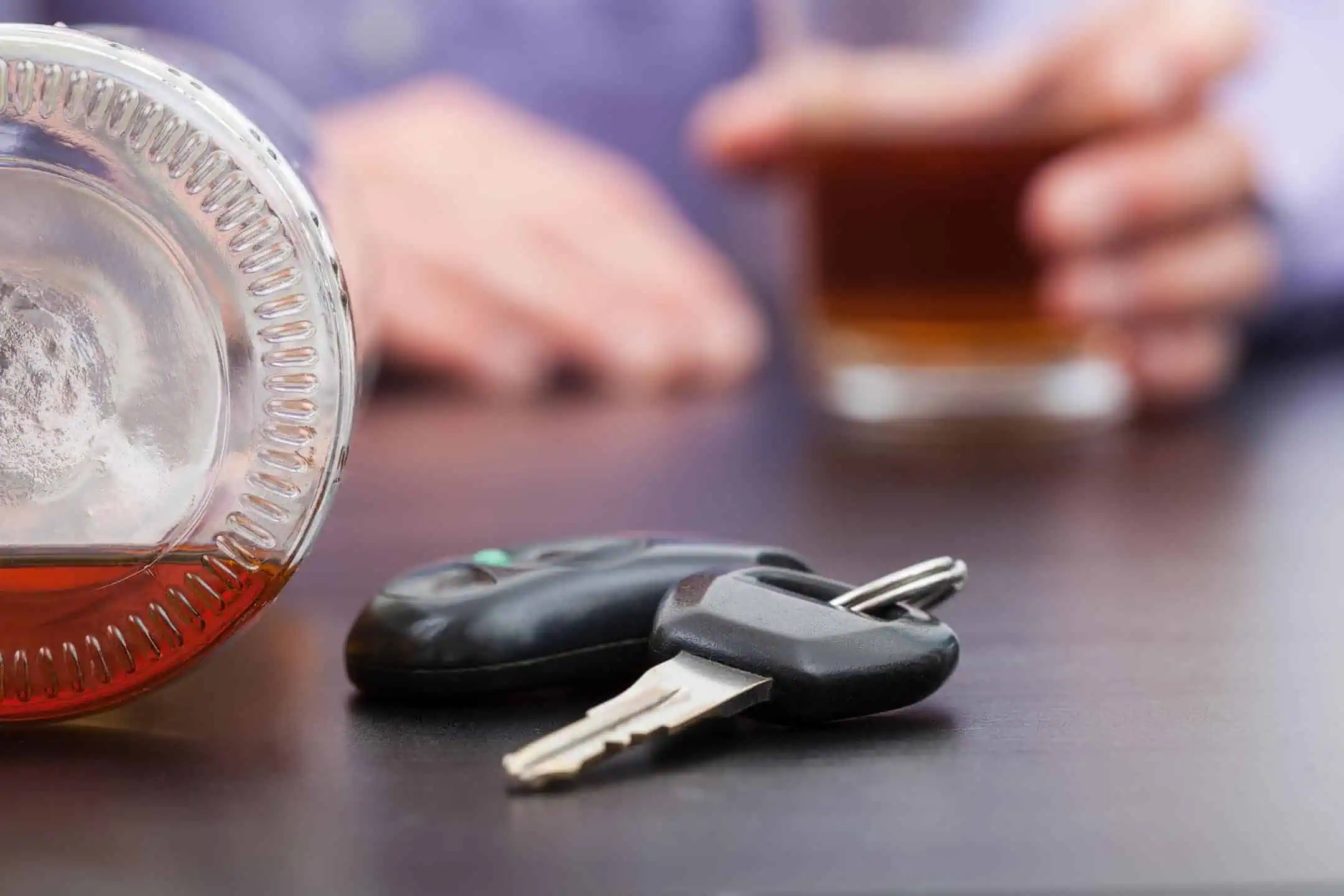
Distractions
With the radio blaring, your notifications going off every thirty seconds, and the Sat Nav trying to re-route you down a dead-end road, there are a whole range of potential distractions to tackle when you get behind the wheel.
Driving safely at any age requires complete concentration. The only multitasking you should be doing is pressing the clutch while changing gear!
First things first, never use your phone while driving. Not only is it illegal but it can also slow your reaction times by 50% and make it four times more likely you’ll crash. We wouldn’t even recommend using it hands-free; put it on silent and put it away. You can always find out the latest WhatsApp group gossip when you stop at the next services.
Your Sat Nav can also be a dangerous distraction if you’re trying to use it on the move. Instead, plug in your postcode before you set off. If you need to make changes during your journey, find a safe spot to pull over rather than trying to push the right buttons in bumper-to-bumper traffic.
Next on our distractions list; food and drink. Isn’t that why drive-throughs were invented? Well, no. They can make it more convenient for us to grab a snack on the go but eating and drinking while driving can restrict your movement and slow your reaction time. Treat yourself to stopping and enjoying that Big Mac in the Maccies car park instead.
Finally, let’s talk passengers. If you’re the first person in your friend group to pass your driving test, you’ll likely be asked for lifts left, right, and centre. Don’t dish out the invites without using some discretion; driving with your best friend and singing along to the latest Chappell Roan single will likely feel a lot safer than filling every seat with your drunk mates who want to shout every sentence.
Hey did you know?
According to Brake data, 1 in 5 drivers crash within a year of passing their test and over 15,000 young drivers are killed or seriously injured on UK roads each year.
Source Brake.org.uk
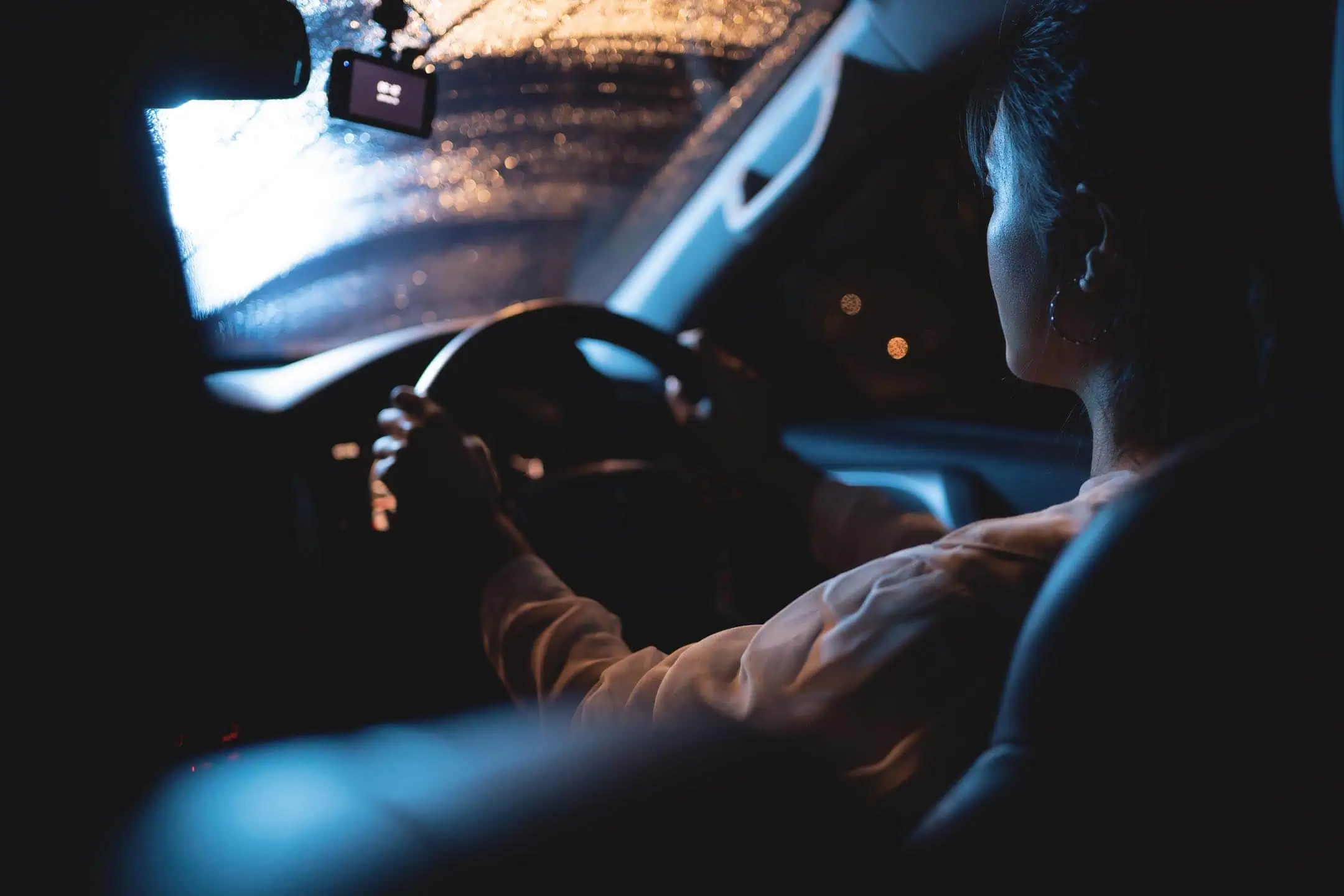
Tiredness
You snooze, you lose…well, possibly your life!
We don’t want to be harbingers of doom, but those motorway signs aren’t lying; tiredness can kill.
When you’re feeling the effects of fatigue your concentration levels will dip, your reaction time will be slower, and you could even have reduced hearing!
Stay safe by taking regular breaks – stopping every two hours or so is a good habit to get into. Try to keep your car at a comfortable temperature and, if you can, avoid taking long trips between midnight and six am when your body and mind are both likely to be dreaming of your duvet.
Road Rage
Are you a victim of the red mist?
If you turn into the Incredible Hulk when you get behind the wheel – or you’ve been a victim of someone else’s road rage – you’ll know just how dangerous it can be.
Safe drivers are calm drivers. If you do mess up (we’re all human), acknowledge that you were at fault and raise a hand to apologise to the other driver.
Is the situation escalating? When another driver starts acting aggressively try to avoid continuing the interaction and stay inside your car.
Once you’ve been able to leave the situation, pull up somewhere safe and take a few moments to yourself. Try a bit of mindful breathing or blast that screamo track that always makes you feel better before re-joining the traffic.
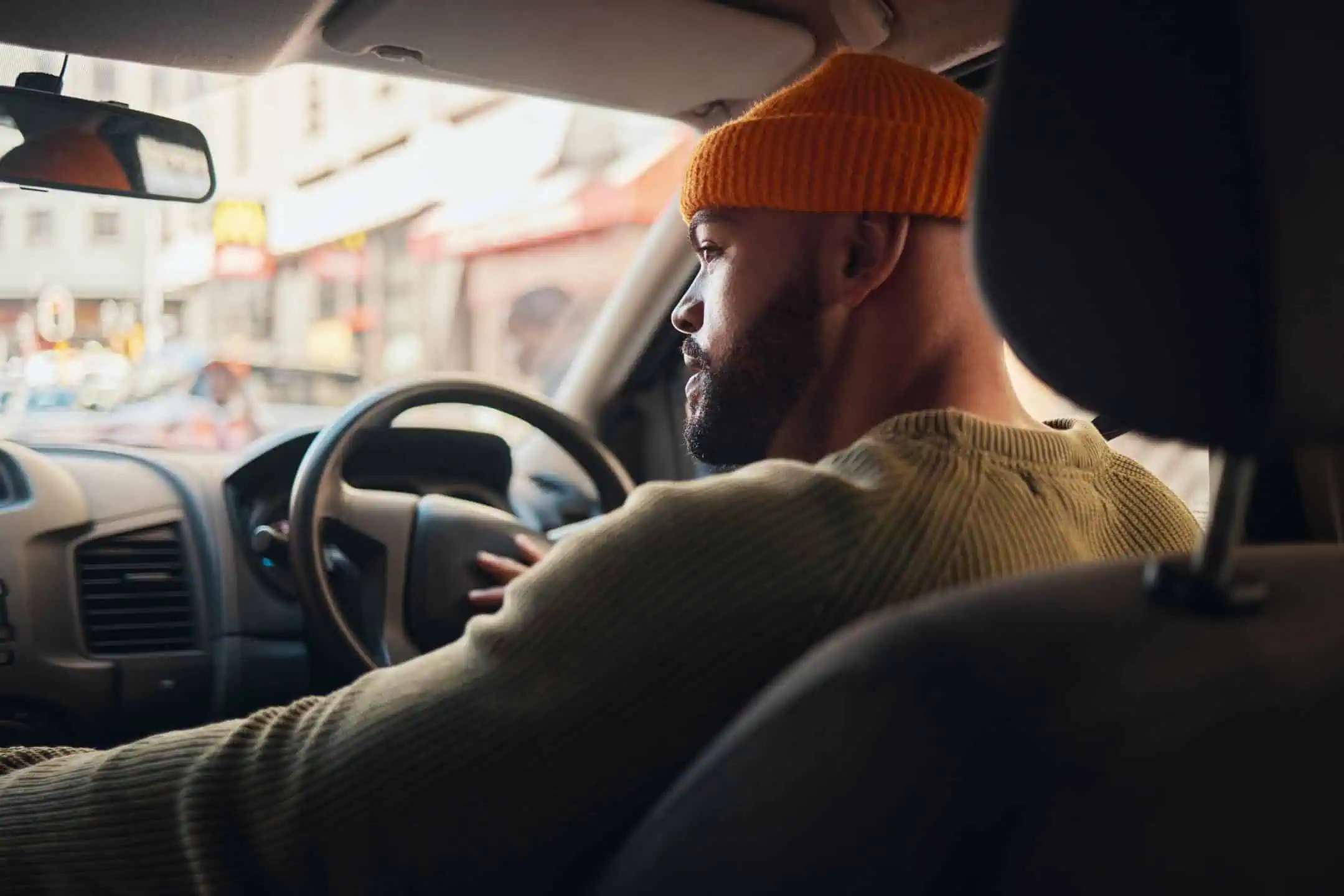
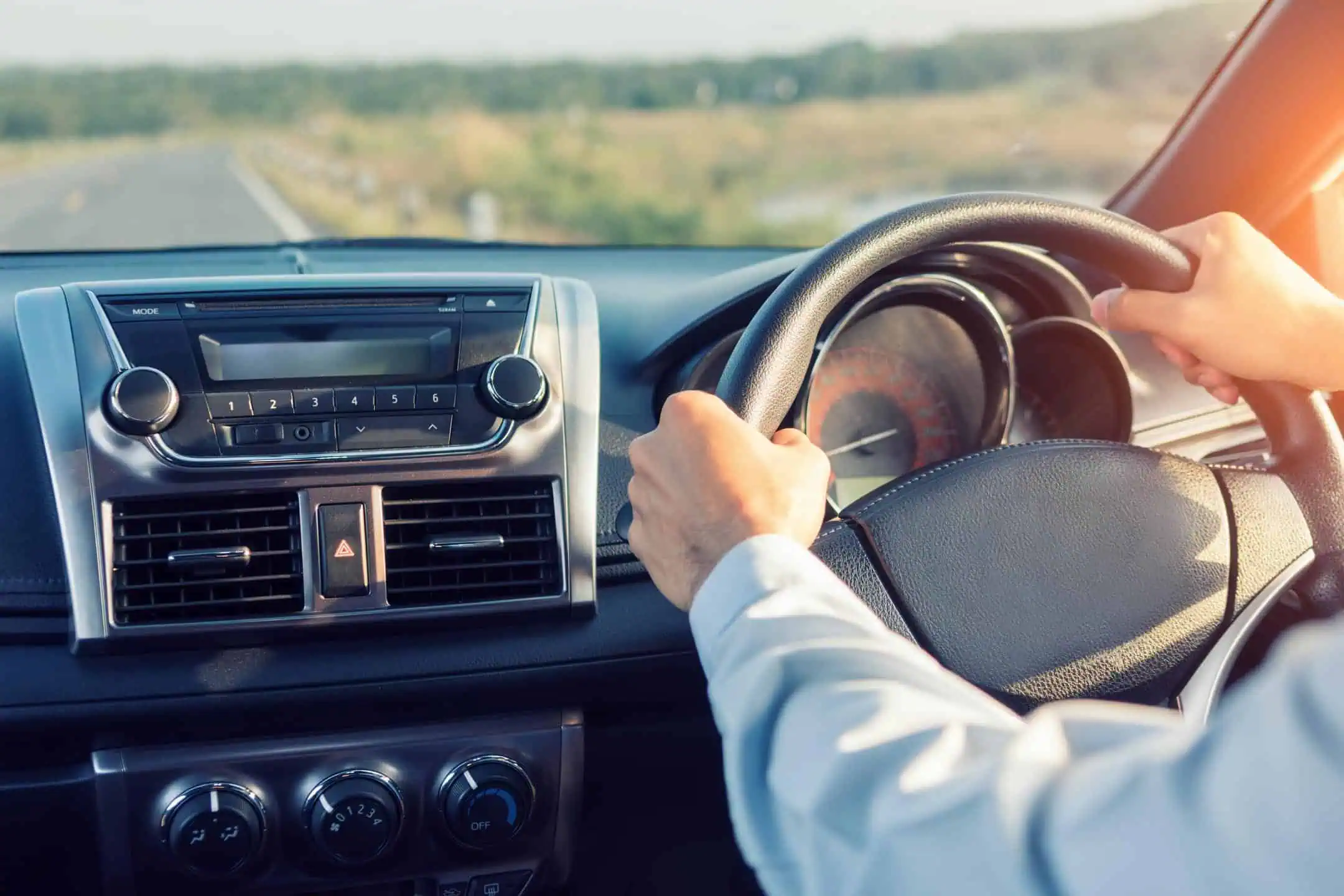
Driving Under The Influence
Drinking or taking drugs before driving is against the law. It also won’t surprise you to learn that it’s incredibly dangerous.
Don’t be tempted. It’s virtually impossible to know how much you can drink to stay below the limit so it’s better to stay tee-total if you plan on getting behind the wheel.
Drugs are equally impactful with the added risk that they can make you feel more overconfident and more likely to take chances. Be careful even if you’re taking prescription medication as it could make you feel drowsy or dizzy.
If in doubt, call a taxi.
Defensive driving
There’s no armour or karate moves required; defensive driving is all about increasing your awareness to prevent accidents.
That means taking your time, adding regular breaks into your journeys, and always wearing a seatbelt.
Think like a scout and be prepared.
Driving at night
After dark, the roads get a bit riskier.
If you need to drive at night (or any time after 4pm in the depths of winter), take extra care. Before releasing the hand break, give your eyes time to adjust to the light and shadow.
Visibility is one of the hardest parts of driving after dark, so keep your speed low and don’t look directly at the headlights of any oncoming cars.
Penalty points!
Your licence can be cancelled if you get six or more points within two years of passing your test.
Winter Driving
How to stay safe on the roads when the temperatures drop
- 1. Driving in heavy rain
- 2. Driving in fog
- 3. Driving in wind
- 4. Driving in snow
- 5. Driving in ice
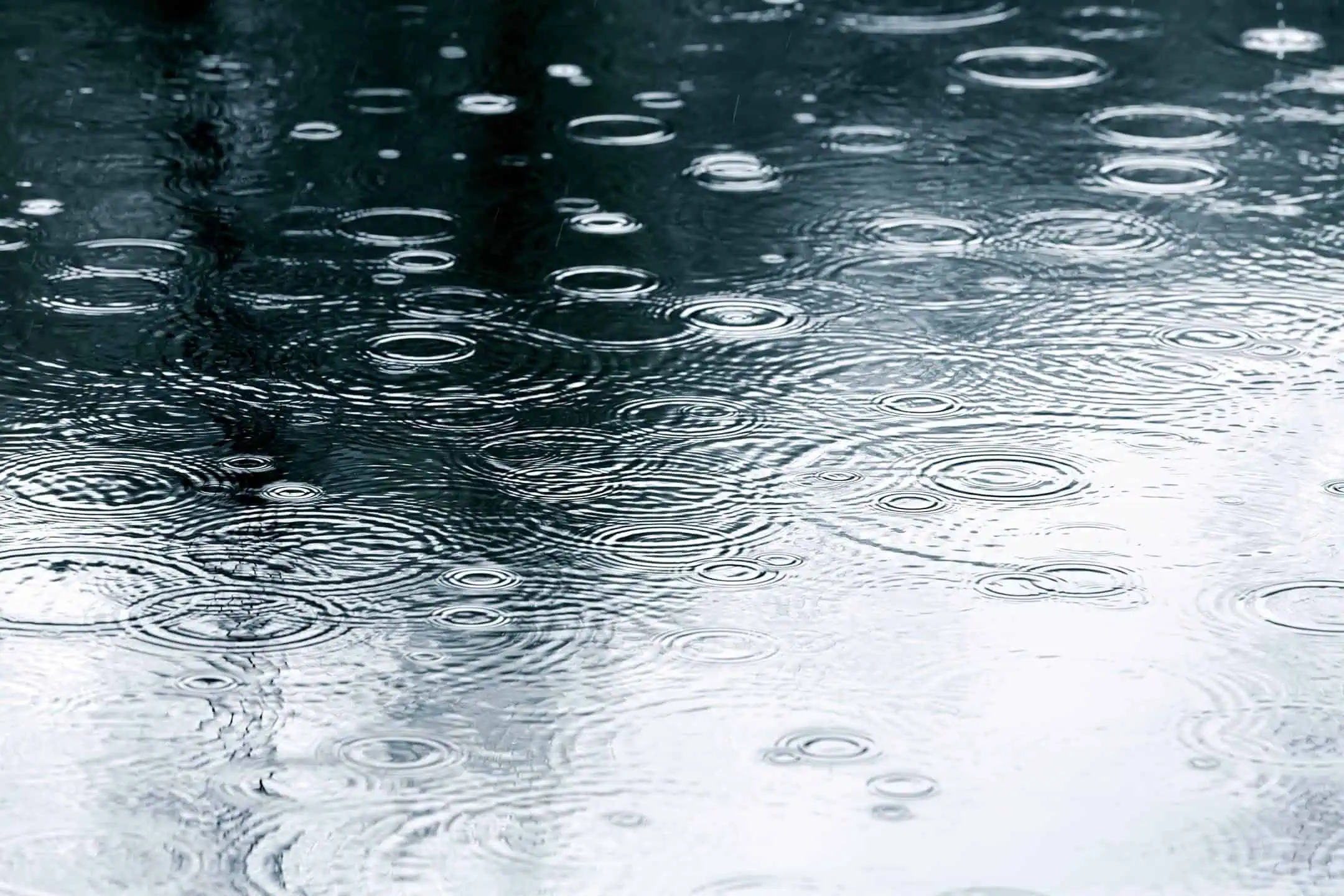
1. Driving in heavy rain
The UK might be known for rain, but that doesn’t make it any easier to drive in.
Start by making sure your tyres have enough tread; thin tyres will struggle to grip onto a wet surface and put you at risk of hydroplaning.
Before turning, slow down and brake in the straight before starting to turn. If you do end up hydroplaning (your steering will suddenly feel weirdly light), don’t accelerate or brake suddenly. Instead, apply the brakes gently until your car finds the surface again.

2. Driving in fog
The biggest danger that comes with fog is a lack of visibility. Turn on your fog lights, drive cautiously, reduce your speed, and avoid overtaking if you can.
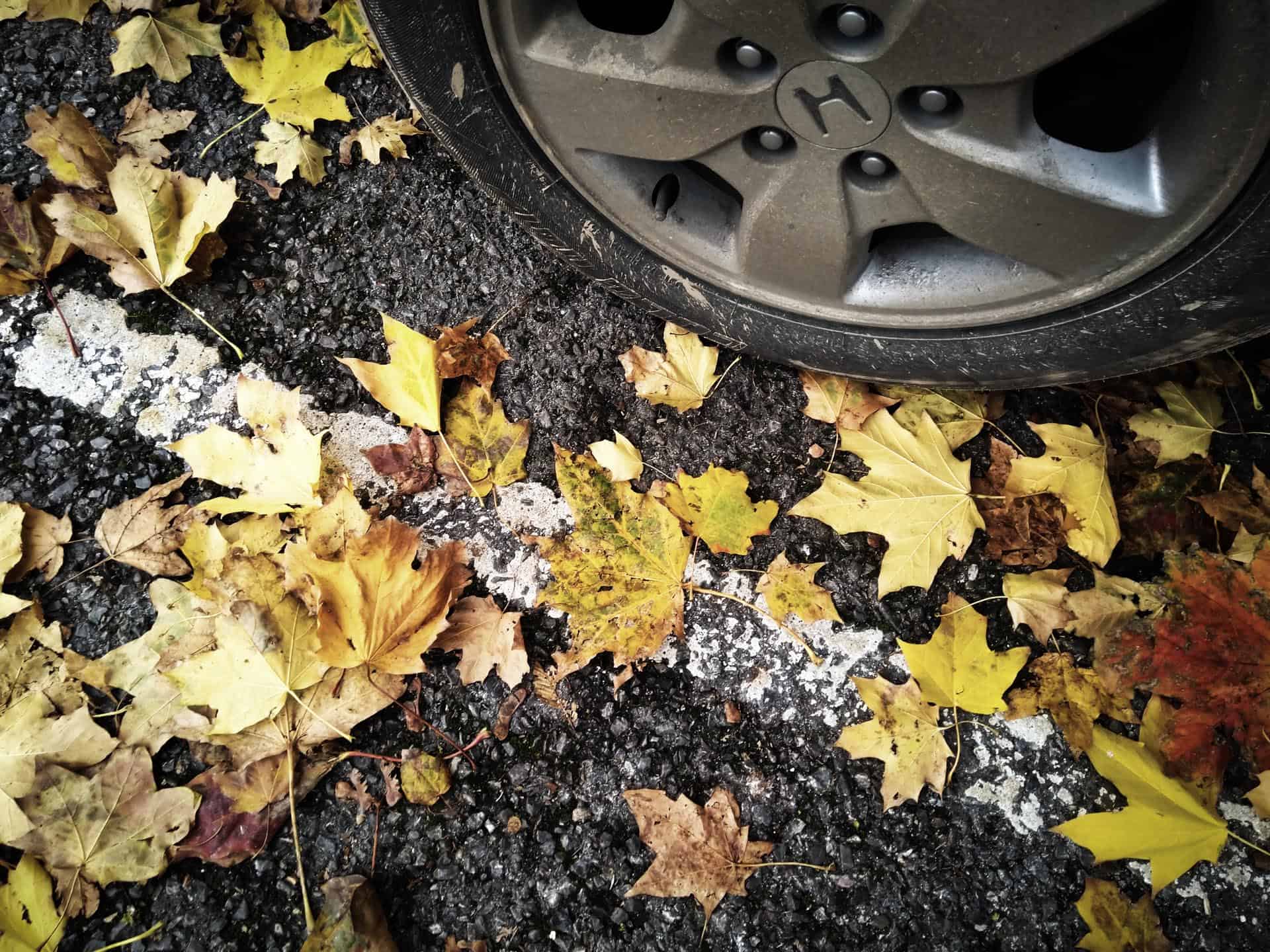
3. Driving in wind
If high winds are making you feel a bit like Dorothy about to take off, reduce your speed. Driving slower can also make it easier for you to spot any flying obstacles or debris that’s landed on the tarmac. Close your windows, tie down any cargo, and take care when passing taller vehicles.
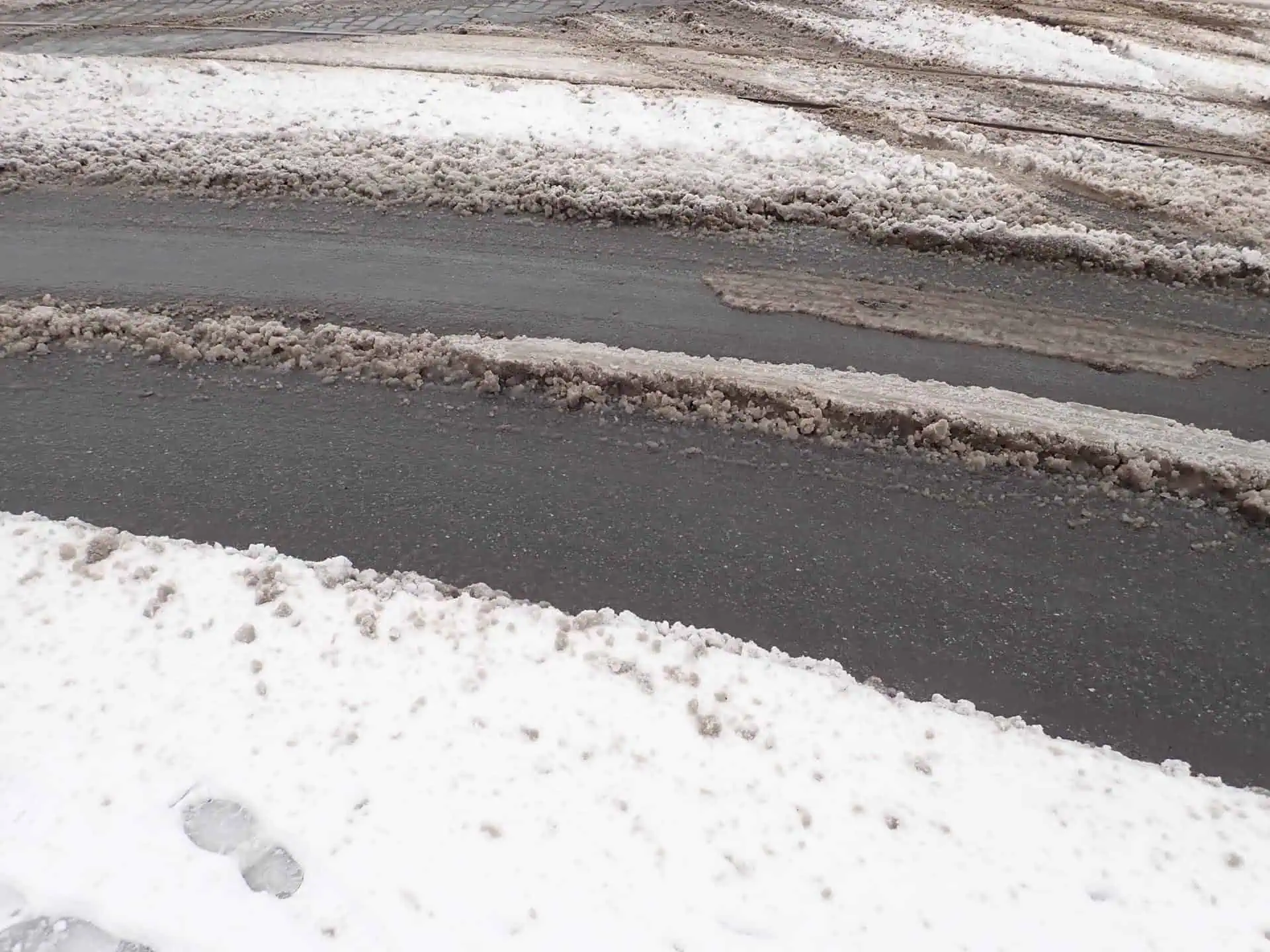
4. Driving in snow
Can’t have a snow day? If you need to get on the road instead of perfecting your snowball throwing technique, give yourself plenty of time to complete your journey and make sure to clear all the snow off your windows and roof before setting off.
Keep plenty of distance between yourself and other vehicles and be gentle when accelerating and braking. Use your headlights if it’s still snowing and de-mist your windscreen to improve visibility.
Most of all, drive slowly – your stopping distance can increase 10x when driving on snow or ice compared to normal conditions!
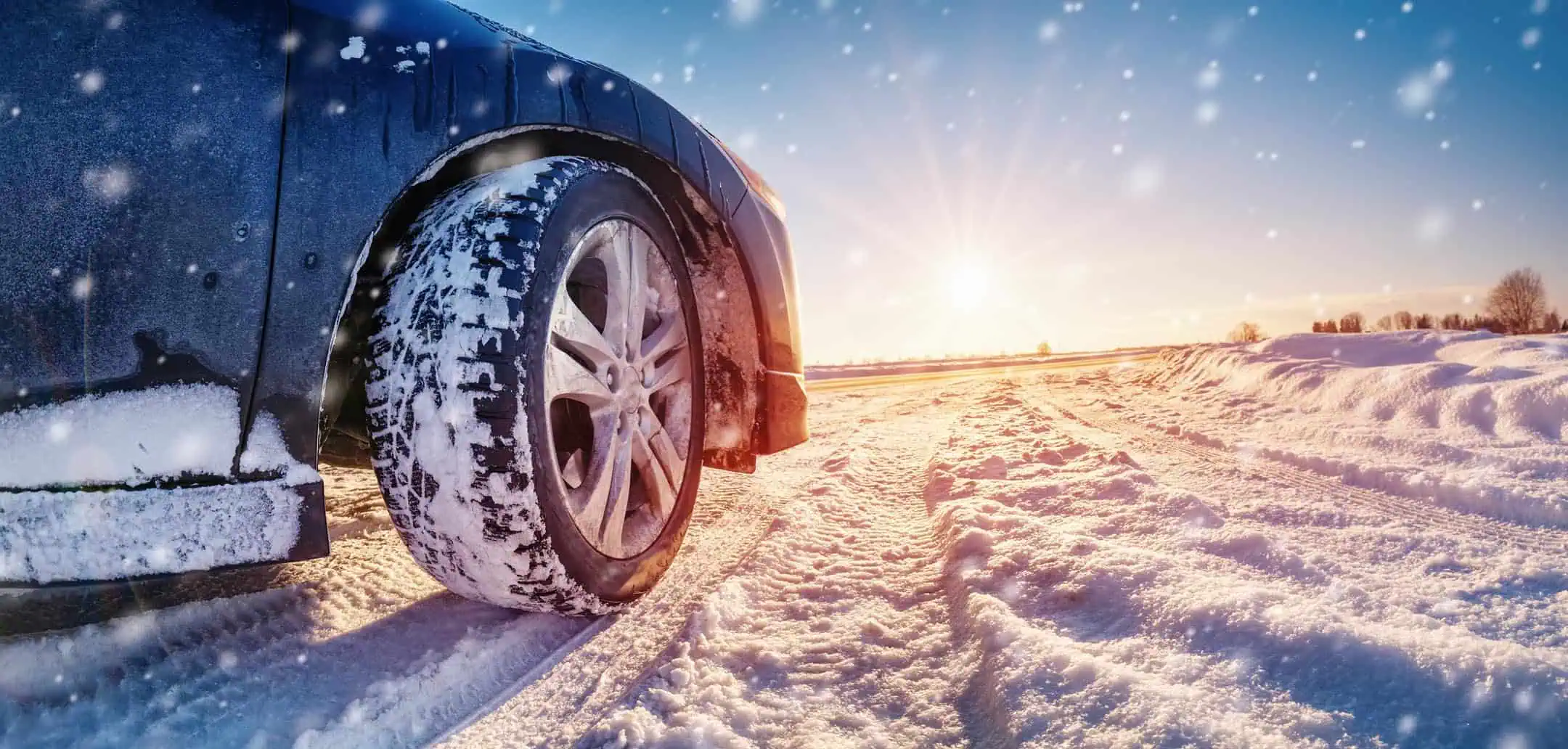
5. Driving in ice
Before we launch into our cover of “Let It Go”, let’s talk driving in icy conditions.
Once the roads are frozen, our safety tips are a lot like driving on snow: accelerate and brake gently, stay in a high gear and travel at a low speed, and keep plenty of space between you and any other road users.
Black ice is one of the biggest hazards – it’s literally invisible after all! If you suspect black ice, steer smoothly and try not to make any sudden moves. That’s especially true if you hit a patch of black ice; stay calm, lift your foot off the accelerator, and try to keep the steering wheel straight until you’re back on dry land.

What kit should I keep in my car?
Chewing gum? Check.
While minty fresh breath is always a bonus, your car emergency kit should be a bit more comprehensive if you want to stay safe.
Here’s a few essentials to keep in your boot:
Jump cables
Torch
Blanket
First Aid Kit
Bottled water and snacks
Spare phone battery pack
What should I do after an accident?
Okay, so the worst has happened, and you’ve ended up in a crash. What happens next? Here’s our step-by-step guide to what to do in an accident:
Stay calm
We know it’s easier said than done but avoiding panic and thinking practically is key.
Check for injuries
Check for injuries to yourself, your passengers, people travelling in the other car, and any other road users like pedestrians or cyclists.
Hazard lights
If it’s safe to do so, turn on your hazard lights.
Stay at the scene
Stay at the scene –failing to stop at the scene of an accident is a criminal offence.
Contact
If necessary, call the local police. For less serious incidents, you might only need to contact a breakdown service.
Exchange details
Swap insurance details with the other driver involved and contact your insurer as soon as you get home or to a safe place.
